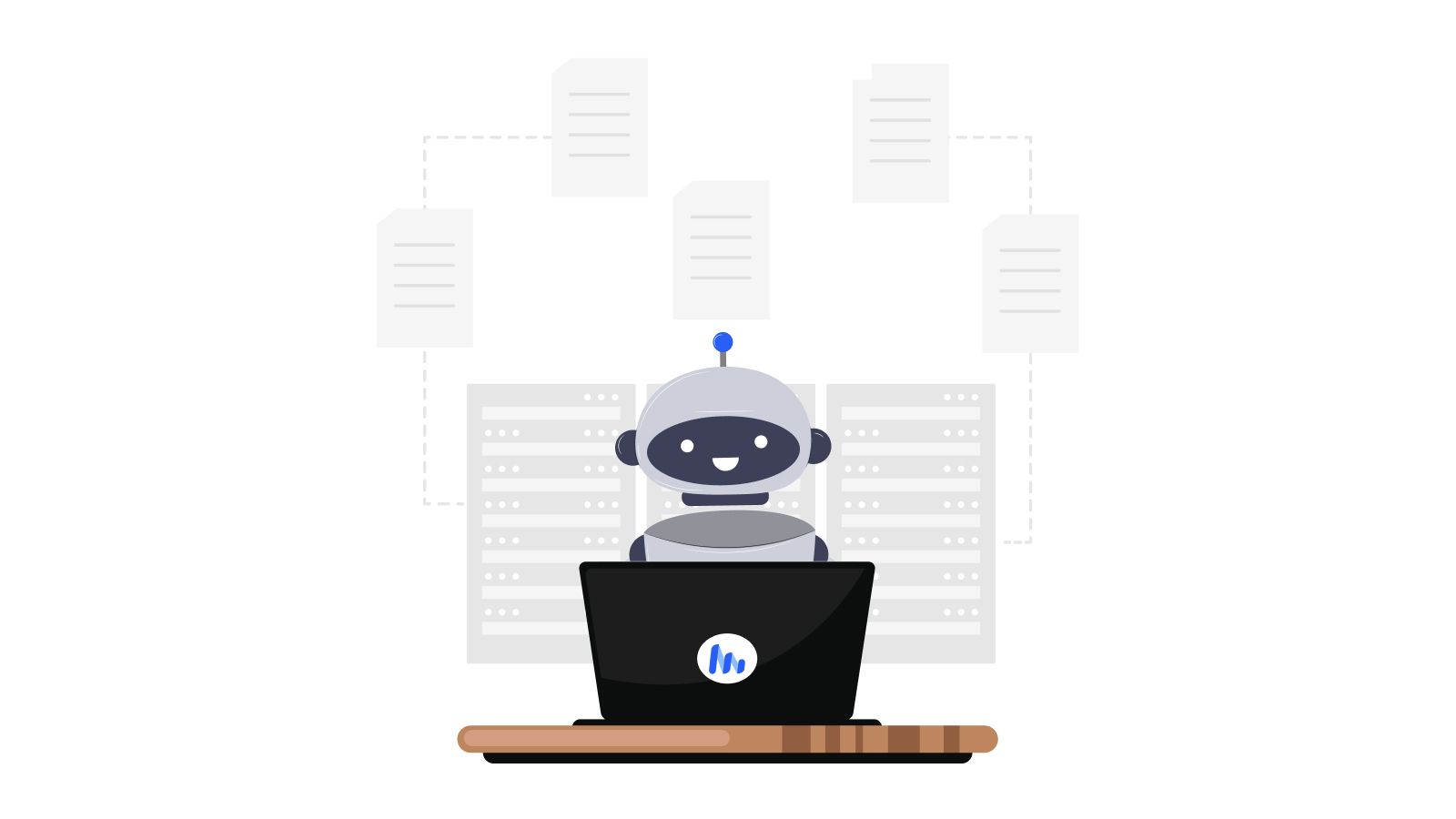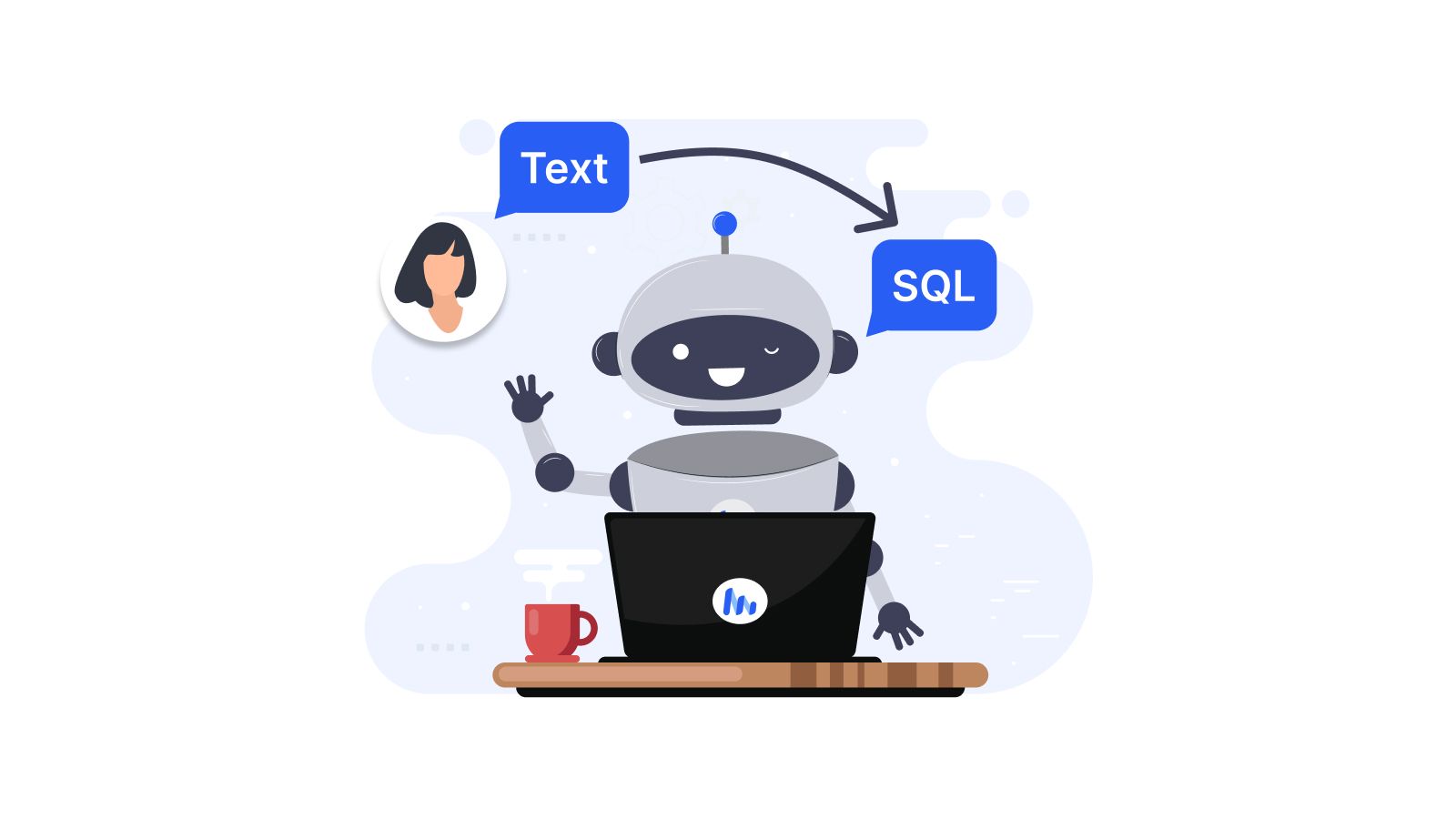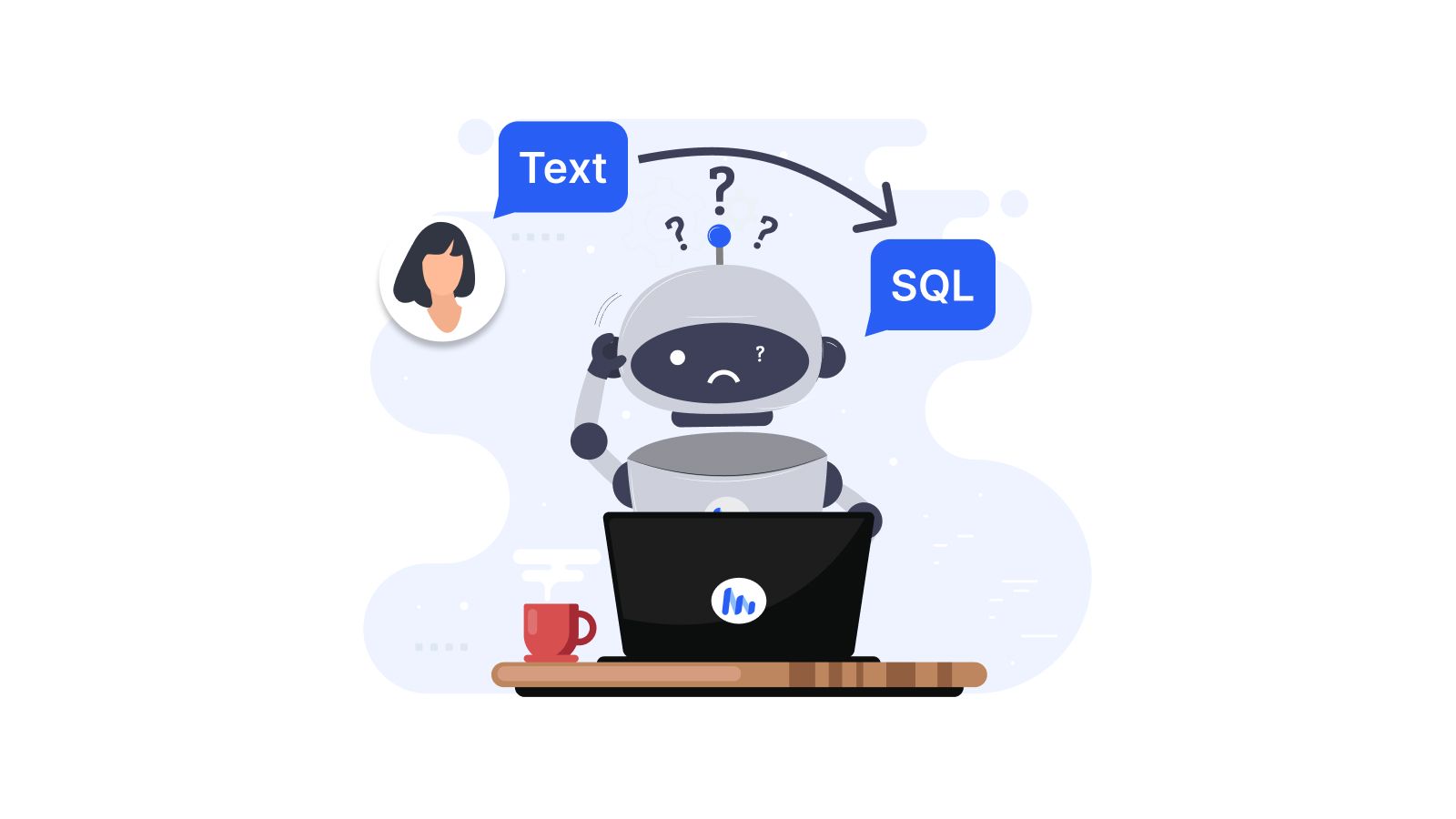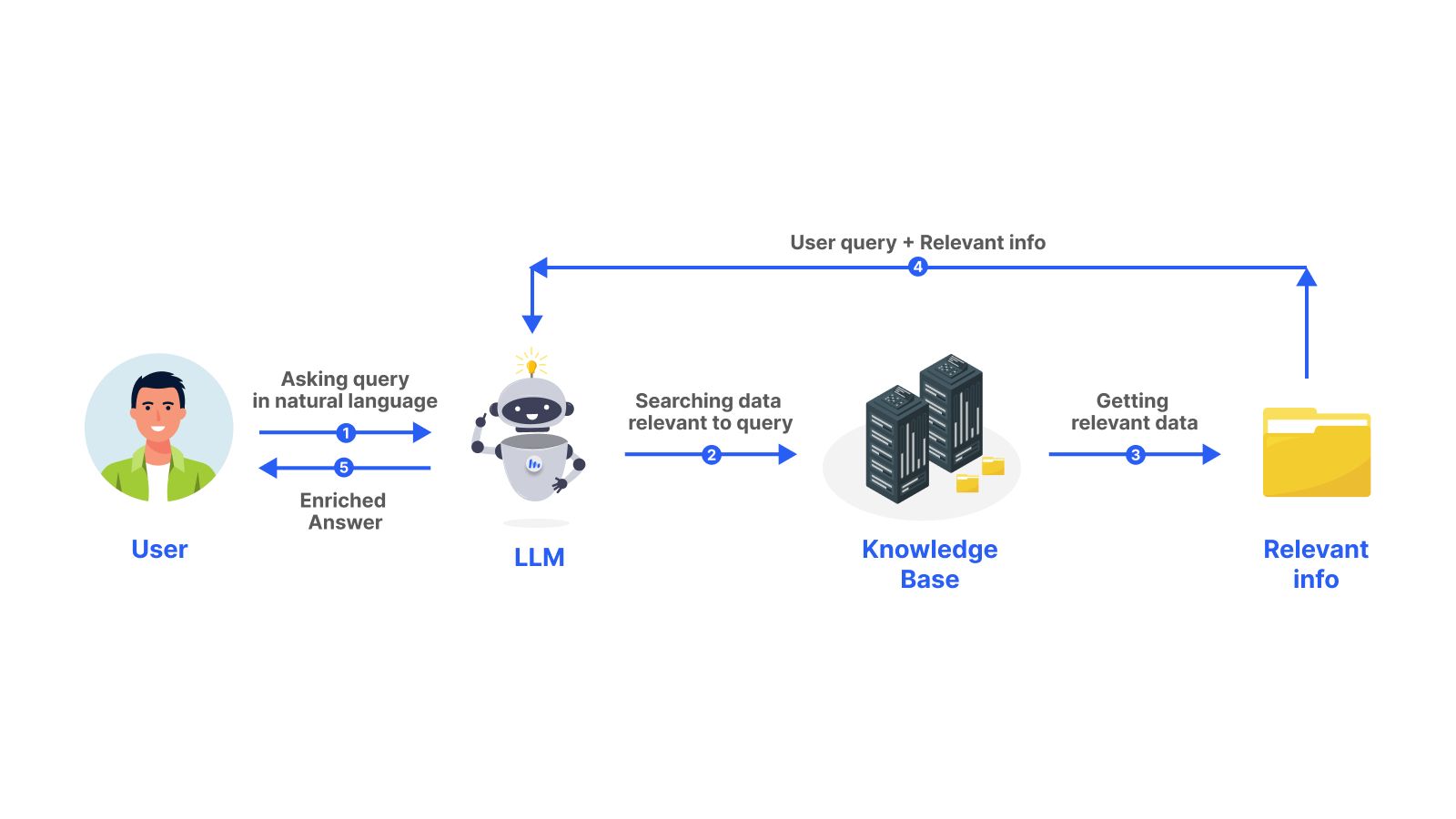Retrieval Augmented Generation (RAG): Challenges, Opportunities, and Essential Tools
Dive into the transformative world of Retrieval Augmented Generation (RAG), exploring its challenges, immense opportunities, and how it’s reshaping AI-powered solutions across industries.


Nikhil Allamsetti
2024-12-06
In the rapidly evolving landscape of natural language processing and artificial intelligence, one of the most intriguing developments is Retrieval Augmented Generation (RAG). This revolutionary technology combines the power of information retrieval and text generation to address various challenges in content creation, recommendation systems and more. This article explores the challenges and opportunities in Retrieval Augmented Generation, shedding light on the implications and innovations it brings to the table.
What is Retrieval Augmented Generation?
Retrieval Augmented Generation, commonly known as RAG, is a cutting-edge technique that harnesses the synergy of two crucial AI components: a retriever and a generator. The retriever locates relevant information from a vast knowledge base, while the generator crafts human-like text based on the retrieved data. This process enables machines to not only answer questions but also generate coherent and contextually appropriate responses.
The Challenges of Retrieval Augmented Generation
Developing more efficient and scalable RAG algorithms
RAG algorithms can be computationally expensive to train and run, especially when dealing with large amounts of data. This can limit the scalability of RAG applications.
Developing better training methods for RAG
RAG models are typically trained on large datasets of text and code. However, these datasets can be noisy and incomplete.
Developing more sophisticated retrieval algorithms
RAG models need to be able to retrieve relevant information from a variety of data sources. This can be a challenging task, especially when dealing with diverse data sources and complex queries.
Developing better methods for ranking the relevance of retrieved information
Once RAG models have retrieved information from multiple data sources, they need to rank the relevance of the retrieved information. This is a challenging task, as the relevance of the information may depend on a variety of factors, such as the query, the context and the type of information.
Developing better methods for understanding natural language
RAG models need to understand the nuances of natural language to be effective. This is a challenging task, as natural language is complex and ambiguous.
Developing safety and security measures for RAG applications
RAG models could be used to generate harmful or misleading content. Additionally, RAG models could be used to access and process sensitive data.
Opportunities in Retrieval Augmented Generation
Improved Content Creation
RAG can help content creators improve the quality and diversity of their work by providing them with access to a vast amount of information. It can be used to generate new ideas, research topics and write outlines. It can also be used to translate content into different languages or to summarize long texts.
Personalized User Experiences
RAG can be used to personalize user experiences in a variety of ways. For example, RAG can be used to generate personalized recommendations for products, content or services. It can also be used to create chatbots that can provide more context-aware and informative responses. Enhanced Search Engines
Search engines powered by RAG can deliver more precise results by taking into account the context of the user's query and the relevance of the retrieved information. It can also be used to filter out irrelevant results and to promote high-quality results.
Automated code generation
RAG can be used to generate code for software applications and websites by retrieving relevant information from a variety of sources, such as code repositories, documentation and tutorials. It can then use this information to generate code that is correct, efficient and idiomatic.
Improved knowledge graphs
RAG can be used to improve the accuracy and completeness of knowledge graphs by retrieving relevant information from a variety of sources, such as Wikipedia, Wikidata and other public knowledge bases. It can then use this information to update existing knowledge graphs or to create new knowledge graphs.
New forms of creative expression
RAG can be used to generate new forms of creative expression, such as poems, stories and scripts. It can do this by retrieving relevant information from a variety of sources, such as books, movies and TV shows. It can then use this information to generate creative content that is original and engaging. New forms of creative expression can help to democratize creativity and make it more accessible to people of all skill levels. It can also help to foster new forms of art and entertainment.
##RAG Tools and Applications
Retrieval Augmented Generation (RAG) is transforming industries by merging the precision of data retrieval with the creative potential of generative AI. This innovation is enabling a new wave of tools and applications that simplify complex tasks, empower non-technical users, and deliver actionable insights. Let’s explore how some leading tools leverage RAG to redefine what’s possible:
1. Haystack: Powering Intelligent Search Systems
Haystack, an open-source RAG framework by deepset, is revolutionizing search experiences. It retrieves data from vast knowledge bases and generates contextually accurate answers, making it a go-to solution for enterprises looking to build smarter FAQs, document search systems, and research assistants.
2. LangChain: Building Custom RAG Workflows
LangChain empowers developers to integrate RAG into tailored workflows. By combining retrievers and large language models, LangChain supports applications like conversational agents, knowledge-base search, and document analyzers.
3. Microsoft Azure OpenAI Service: Enterprise-Grade AI
Microsoft Azure’s RAG-enabled services combine retrieval-based approaches with GPT models to securely retrieve, synthesize, and generate insights from internal documents. It’s ideal for industries with high data privacy needs, like healthcare, finance, and legal services.
4. Pinecone: Revolutionizing Semantic Search
Pinecone, a vector database integrated with RAG capabilities, provides high-speed and highly accurate retrieval of semantically relevant data. By embedding deep-learning-powered retrieval, it supports intelligent search applications.
5. Notion AI: Personalizing Knowledge Management
Notion AI enhances productivity by integrating RAG to personalize knowledge retrieval and content creation. By analyzing user notes, documents, and external knowledge bases, it generates actionable suggestions tailored to user needs.
6. Yext AI Search: Transforming Customer Experience
Yext AI Search integrates RAG to retrieve precise answers from structured knowledge bases, FAQs, and data silos, providing accurate and context-aware responses to customer queries.
These tools illustrate how Retrieval Augmented Generation is reshaping the way businesses interact with data, enabling smarter decisions, personalized experiences, and innovative applications. From intelligent search systems to personalized content creation, RAG is at the heart of this transformation, making complex workflows simpler and insights more accessible.
The Future of RAG
The future of RAG is bright. RAG is an exploding area of research and development and it is transforming how natural language processing systems work. RAG is likely to become a cornerstone of designing next-generation AI-powered applications. RAG-Fusion is the next frontier of search, where Retrieval Augmented Generation meets Reciprocal Rank Fusion and Generated Queries. RAG addresses these issues, thereby boosting the performance of Generative AI (GenAI) applications.
In conclusion, RAG is a powerful new technology with a wide range of potential applications. It has the potential to revolutionize the way we create content, interact with computers and access information. As RAG technology continues to develop, we can expect to see even more innovative and groundbreaking applications emerge.
Related posts
Looking for a marketing purpose analytics tool?
Click HereNewsletter
Website owned by : KAIROS LABS PRIVATE LIMITED, Tonk Phatak Jaipur - 302015, Rajasthan
All Rights Reserved
Email : Support@llmate.ai



